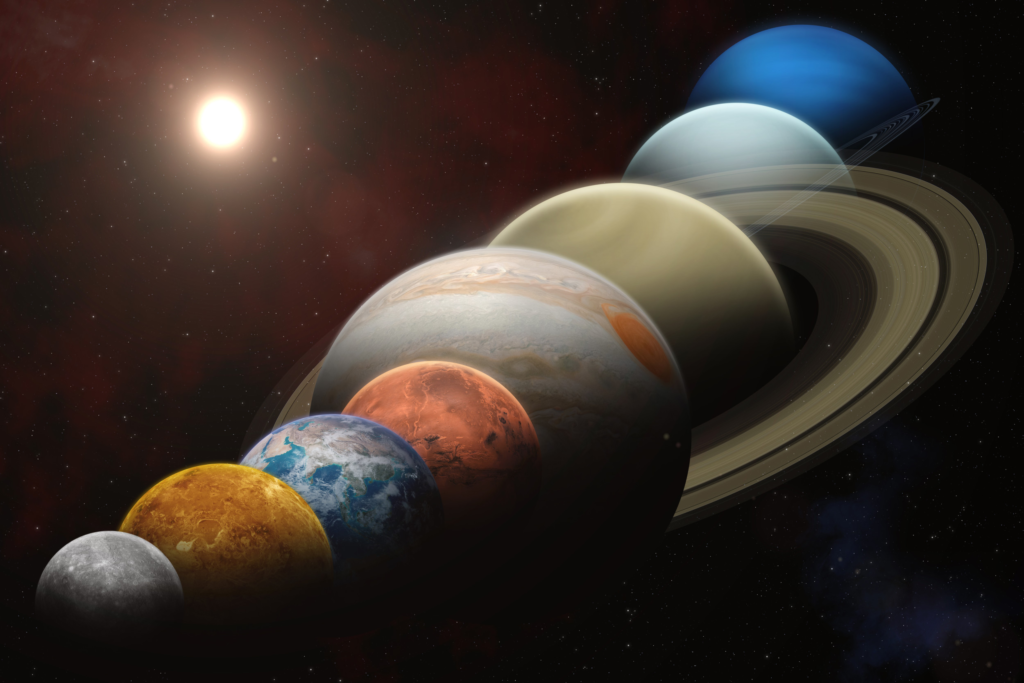In an exciting development for space science, U.S. astronomers searching for the elusive “Planet Nine” have made a surprising discovery — a new dwarf planet located in the far reaches of our solar system. This find adds a fresh chapter to our understanding of the solar system’s structure and its many hidden objects.
The Hunt for Planet Nine Leads to a New Discovery

For years, astronomers have speculated about the existence of a ninth planet far beyond Neptune, commonly known as Planet Nine. This hypothetical planet was believed to explain strange orbits of several objects in the Kuiper Belt, a region filled with icy bodies and dwarf planets beyond Neptune. However, despite intense searches, Planet Nine remains undiscovered.
During these investigations, a team of U.S.-based astronomers unexpectedly found a new dwarf planet. This object lies deep in the outer solar system, adding to the growing list of dwarf planets that orbit the Sun in remote areas.
For more details about Planet Nine and ongoing searches, you can visit NASA’s official page on Planet Nine.
What Is a Dwarf Planet?
A dwarf planet is a celestial body that orbits the Sun and is massive enough to have a nearly round shape but does not clear its orbital path of other debris. Unlike the eight major planets, dwarf planets share their space with other objects.
Some well-known dwarf planets include Pluto, Eris, Haumea, and Makemake. The discovery of a new dwarf planet expands this category and offers more clues about the formation and evolution of our solar system.
Learn more about dwarf planets from NASA’s Solar System Exploration.
Details About the New Dwarf Planet
The newly discovered dwarf planet is located in the outer regions of the solar system, far beyond Neptune’s orbit. The exact size, shape, and composition of this dwarf planet are still being studied, but initial observations suggest it has a round shape and follows an unusual orbit.
This discovery was made using powerful telescopes and advanced detection methods that scan the skies for distant objects. The dwarf planet’s orbit might help astronomers understand more about the solar system’s outer edges and the influence of larger planets on smaller bodies.
The discovery comes as a surprise because it was found during an intense search for a different object, showing that our solar system still holds many secrets waiting to be uncovered.
Why This Discovery Matters
Finding a new dwarf planet is important for several reasons:
- Understanding Solar System Formation: Each new object helps scientists learn how the solar system formed and evolved over billions of years.
- Mapping the Outer Solar System: It adds to the map of distant objects, helping us understand the gravitational forces at play.
- Hints About Planet Nine: Although Planet Nine remains undiscovered, studying these distant objects helps refine the search parameters.
- Astronomical Techniques: The discovery highlights advances in telescope technology and observation strategies.
For a deeper dive into solar system formation, check out ESA’s guide to the solar system.
The Role of Advanced Telescopes
This discovery was possible thanks to some of the world’s most advanced telescopes, including ground-based observatories and space telescopes. These tools allow astronomers to detect faint and distant objects that were invisible just a few decades ago.

Large survey projects scan the sky regularly to find moving objects, track their orbits, and classify them. This continuous effort helps build a more complete picture of the solar system and beyond.
More on telescope technology can be found at European Southern Observatory.
What Comes Next?
Scientists are now working to study the new dwarf planet in more detail. This involves tracking its orbit over time, measuring its size and mass, and understanding its composition.
Future space missions and telescopes might provide more information, possibly even visiting similar dwarf planets in the future. Each discovery fuels curiosity and motivates further exploration of our cosmic neighborhood.
Meanwhile, the search for Planet Nine continues, with astronomers hoping that improved technology and observation methods will eventually solve the mystery.
Summary
The discovery of a new dwarf planet by U.S. astronomers is a significant and exciting milestone in space exploration. While searching for Planet Nine, they found an unexpected object far in the solar system’s outer reaches. This discovery enhances our knowledge of the solar system’s structure, the nature of distant celestial bodies, and the methods used to explore the cosmos.
As research continues, we can expect more fascinating finds from the vast and mysterious region beyond Neptune
Also Read – New Earth? Planet Like Ours Found Near Solar System






